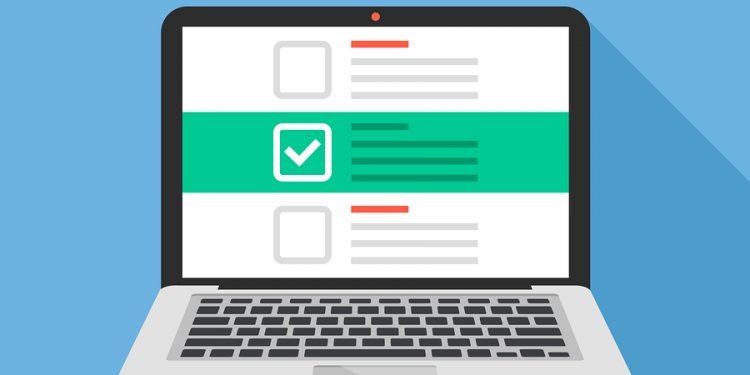A Cheat Sheet to Creating Your FAQ in Less than One Hour

You are well aware of the fact that having a FAQs page is almost as important as your website itself. However, creating this FAQs page is not as easy, and it seems. There is usually a confusion as to which questions should be answered and the best way in which to answer these questions.
If you take a bit of time to think proactively about support you will be able to create an exhaustive FAQs section in no time. Also, if you get them right, you will be able to save costs while also giving an oomph to your marketing and increasing sales.
Here are a few simple and quick steps that you can follow to create a kick-ass FAQs page
Step 1: Identify your FAQs
You need to take a little time to figure out what kind of questions your customers are asking. This can be done using search engines to find relevant questions. Having FAQs that are made up or do not answer the questions that your customers may be asking can drive customers away and there go your profits. These customers will not return even if you improve your service at a later date.
Step 2: Validate your FAQs using keyword research
You may not know too much about SEO but it is certain that every one is aware of the fact that having relevant keywords on your page is important. There are many SEO tools online that are both free and paid that can be used to validate your FAQs to the correct keywords and ensure that you are providing your customers with the right answers.
Step 3: Use existing Customer support information
By using the most frequently and most recently asked questions in your customer service database you can ensure that you will be answering the questions that your customers are likely to ask. You can easily do this by having a conversation with your customer support representatives. Updating real questions can help you improve the quality of your FAQs page and keep it up to date regularly.
Step 5: Treat your FAQs section like a mini blog
FAQs is the place where customer service usually meets content marketing. Your blog is where you build trust with the customer, and you are able to increase your reputation in the field. You can consider converting an interesting FAQ into a blog or even give a more precise answer in the FAQs section while linking the more detailed explanation in the blog.
Step 6: Give your FAQs their own URLs
This is another method in which you can merge your FAQs section with your content marketing. Although having a FAQs page may be beneficial in terms of SEO, but most customers prefer to just google a question rather than go through the entire website even if it is dedicated to solving their problems. Having a dedicated URL for every FAQ can be useful at times like this as Google would find the answer and the customer would then be directed to your page which would increase the traffic on your website.
Step 7: Check if people are asking more questions
Although this may be a step that you do after the construction of the FAQs page, it is worth a mention. You should regularly check the questions that are asked on your FAQs page. More questions is a good sign as it means that the customers are going through your FAQs and not ignoring them. Use your customer service skills to add the answers to these questions in the previous FAQ which would then add value to an already useful resource.
Step 8: Check how much time your customers spend on your FAQs page and most importantly what they do next.
Any web-based company knows the importance of having great analytics. It is not only essential to keep track of the amount of time that your customers spend on the page but also what they do next. Here are a few signs both positive and negative based on what the customer does after they have read through your FAQs.
Some of the brilliant results are if the customer
- Goes through another FAQ
- Goes to your blog page
- Signs up for your news page
- Makes a purchase
An acceptable result is if the customer gets back to you with a follow-up question.
The time you need to take a look at your FAQs and make a few changes is if the customer goes back to the search engine or worse to the competitors’ website after looking at your FAQs.
Tone of voice while writing FAQs
This is an essential aspect of your FAQs page if the customers do not understand what you are trying to explain they will not come back to your page. Thus you need to ensure that you use words that speak to your customers and ones that they can easily understand as opposed to core technical language.
Using a little help from a professional can really make your FAQs shine from the rest of the answers that you may find about the same topic.






